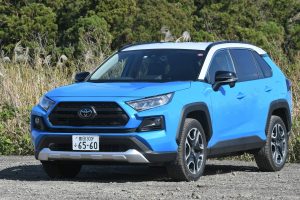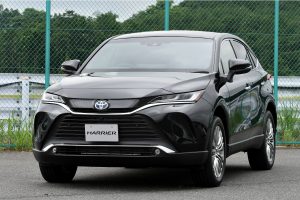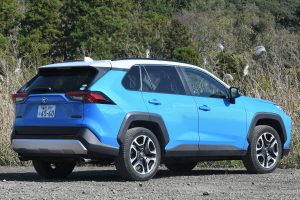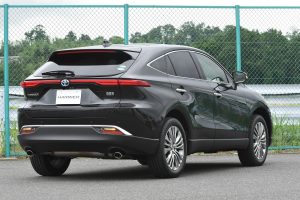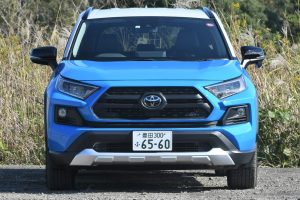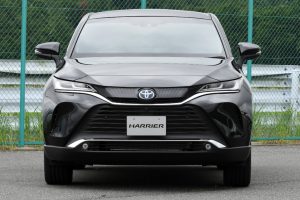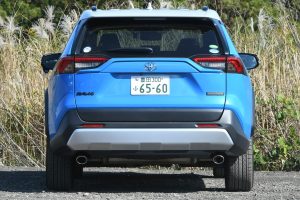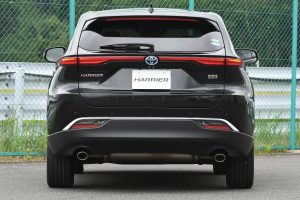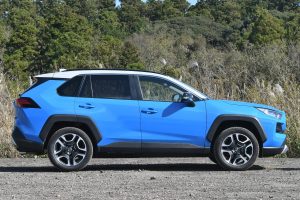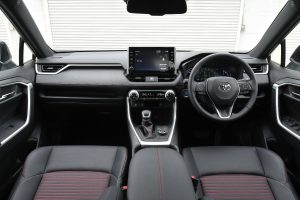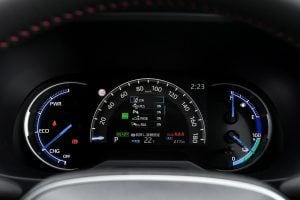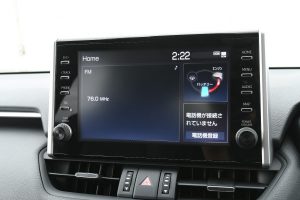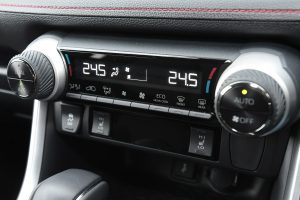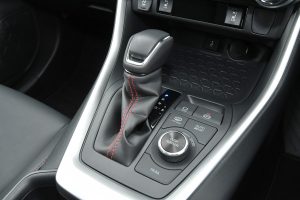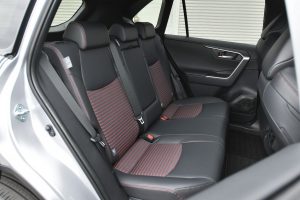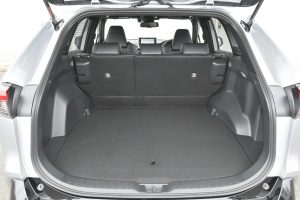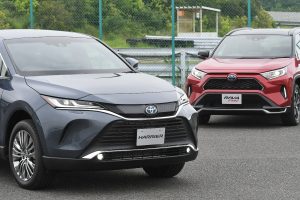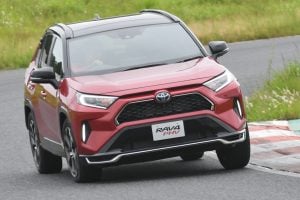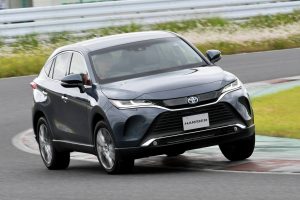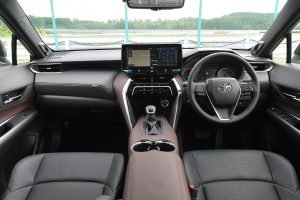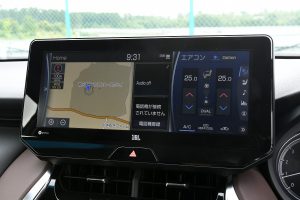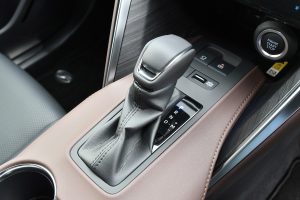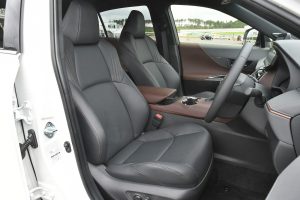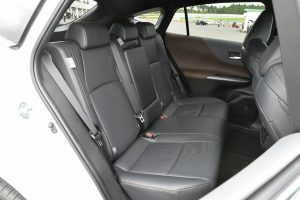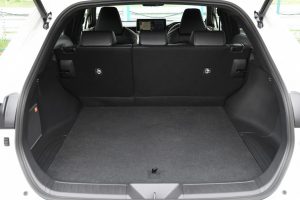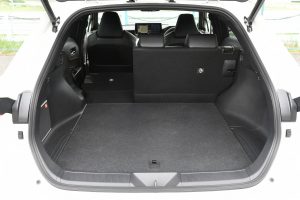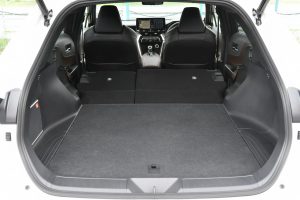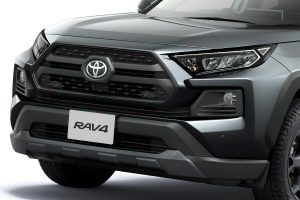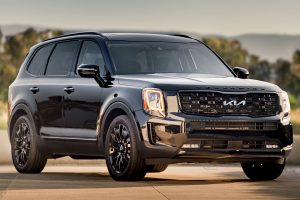Both cars share the same platform, but their design and character are completely different.
Same platform, different characters
Toyota has been actively launching SUVs recently. Particularly in Japan, the RAV4 in April 2019, Raize in November 2019, RAV4 PHV and Harrier (Venza in the US) in June 2020, Yaris Cross in September 2020, Land Cruiser in August 2021, and Corolla Cross in September 2021.
Looking at the August 2021 sales figure released by the Japan Automobile Dealers Association (JADA), the top 3 models are all Toyota models, with the Yaris in 1st, the Roomy in 2nd, and the Aqua in 3rd. Furthermore, Toyota’s Raize compact SUV ranked 7th, the Harrier in 9th, and the RAV4 in 14th.

For the price range, the RAV4 is priced between $24,940 and $36,640, while the Harrier is between $27,190 and $45,830, both in Japan. This means that the RAV4’s best-selling gasoline model and the Harrier’s price range overlap perfectly.
Of course, some people will choose one or the other from the start because they have their own design preferences, but for users who have a vague idea of what they want in a Toyota SUV, these are the two choices.
Additionally, these two models are siblings that share the same GA-K platform. It may not seem like much, but they also have the same chief engineer. I was a bit skeptical until I drove the car that such two models could share the market without competing internally.
At a test drive organized by Toyota Mobility Tokyo, Toyota’s wholly-owned subsidiary handling sales in Tokyo, we were able to compare the RAV4 with the Harrier and quickly realized that they are actually very different models.
What the two models have in common is that they have extremely high body rigidity and balance thanks to the adoption of Toyota New Global Architecture (TNGA). As with the RAV4, the moment you start driving the Harrier, you can feel that the body is extremely solid. But its rigidity and the suspension performance that comes from that are shifted to different vectors in the two models.
First of all, the RAV4 is strongly focused on driving off-road just like its character. Nowadays, SUVs with monocoque body is quite common, but the traditional idea is to use a ladder frame in order to withstand the impact from rough roads.
There are plenty of SUVs that claim to be capable of off-road driving, but you have to ask yourself whether the body really is safe. The RAV4, however, has a sturdy and rigid body that provides excellent body torsional rigidity even during intense off-road driving, and the effect on the suspension is kept to an extremely low level.
The most rugged Adventure model is equipped with an active torque split type 4WD system called Dynamic Torque Vectoring All-Wheel Drive (TV-AWD). In addition, a Multi-Terrain Select dial allows the driver to change the torque distribution depending on road situations from MUD & SAND, ROCK & DIRT, SNOW, and NORMAL modes.

